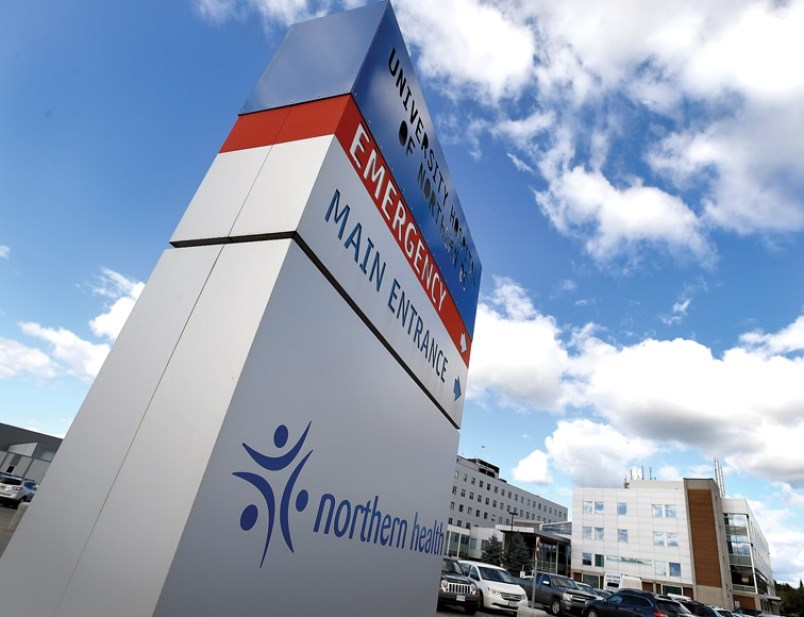Joan Atkinson, the Fraser-Fort George Regional Hospital District board chair, is anxiously waiting for the province to reveal how much the proposed new surgical tower at UHNBC will cost.
When the concept plan was first announced on Sept. 20, 2020, the cost was pegged at $500-600 million. By last fall, Atkinson heard the cost estimate had grown $800 million.
The six-storey structure, to be located on land adjacent to the hospital now occupied by the Northern Interior Health Unit, will provide new operating rooms, upgrade cardiac care and improve mental health/addictions treatment facilities.
Considering what happened when costs hit the roof for the Cowichan District Hospital replacement project, Atkinson is hoping area residents are not in for similar sticker shock when it comes time to pay for the new building in Prince George.
The Duncan hospital price tag ballooned 63 per cent from $887 million in 2018 to $1.45 billion in 2022. Originally projected to cost $350 million when it was first discussed in 2012, changing market conditions, labour shortages and supply-chain issues during the pandemic were blamed for the cost overruns which have delayed completion of that hospital to 2027, a year later than anticipated. Taxpayers on Vancouver Island are on the hook for 20 percent of the final cost.
The hospital district’s sole function is to come up with funding for capital projects and that has Atkinson worried that the longer it takes to build the UHNBC tower, the more it will cost taxpayers who live in the northern half of the province.
“Every day that goes by, let’s face it, nothing gets cheaper, and it’s going to be a huge amount of money regardless of whether they announce it this week or two months from now,” said Atkinson.
The BC Hospital Act of 1967 calls for each of the five health regions in the province to provide 40 per cent of funding for capital projects, but there‘s nothing legally binding to guarantee that and Atkinson plans to negotiate a lower rate to reflect the sparse population and lower tax base of the Northern Health region.
“We have six regional hospital districts (in Northern Health) and the rule is when there’s a major capital upgrade the regional district is responsible for 40 per cent of the cost of that, and right now we’re struggling because we pay one of the highest hospital taxes in the province,” said Atkinson.
“We are so sparsely populated and our homes are not worth millions of dollars like they are in the Lower Mainland. They have many more people contributing to that with housing assessments that are five or six times what they are in the Regional District of Fraser-Fort George.
“It demonstrates that once size doesn’t fit all in this province,” she said. “They are paying less per household (in the Lower Mainland) because there’s so many of them, and I recognize there’s challenges with healthcare across the province, but they have access to cardiac care units and all the specialists and they’re paying less than people in the North who don’t have the same opportunities to access healthcare.”
Atkinson, the Mackenzie mayor, said the tax rate per $100,000 of property value taxpayers are required to pay for hospital improvements has more than doubled in 10 years.
In 2014, the rate was 0.3560 per $100,000. The multiplier now is 0.7373. In 2023, her home in Mackenzie was assessed at $226,300 and her hospital tax worked out to $166 that year, up from $60.98 in 2014.
“In the end, the people of Prince George are going to pay the biggest chunk of this (surgical tower) because that’s where most of the people live and that’s where the highest assessments are in the Regional District of Fraser-Fort George,” Atkinson said.



